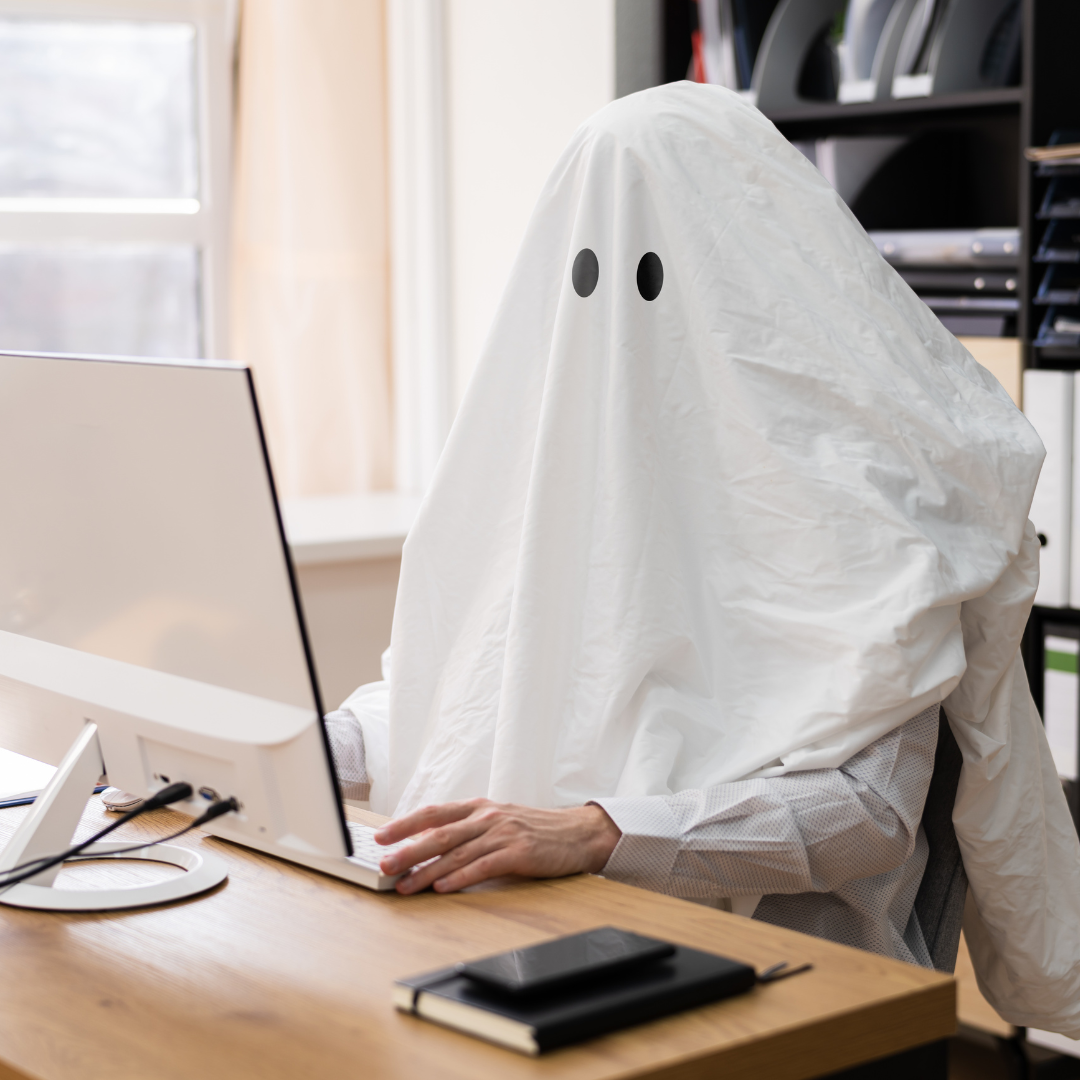Dear HRart Worker,
This past week I submitted the first draft of my Final Research Paper in order to graduate with my Doctoral Certificate in Medical Qigong. This paper really sums up my research and findings into what burnout truly is from an energetic standpoint and how we can heal it.
When I started this work, burnout wasn’t even my main focus, it was a consideration in my research regarding employee engagement. However, when COVID-19 hit and we were forced into quarantine, understanding and healing burnout became my priority.
My typical coaching client began to experience a deeper, almost darker state of disengagement. What I know now is that disengagement is the last stop on the elevator to burnout. True burnout is the low of the low.
Today, I’d like to share with you three major clarifying points about burnout that came out in my research. Let’s begin.

Burnout is a relationship between three major energetic variables.
The most recognized and significant research on burnout currently out there is being conducted by Christina Maslach and Michael Leiter. Their work identified burnout as a series of patterns between three variables, an individual’s level of exhaustion, cynicism and efficacy. Using these variables, they were able to identify a straight forward pattern that a truly burned out individual would be experiencing. This pattern showed high levels of exhaustion and cynicism as well as low levels of efficacy (or their ability to perform at work). These variables are great guideposts for observable behaviors in the workplace.
However, I want to propose that we expand these variables to be more encompassing of the whole individual (I’ll explain why in number two). In my work, I’ve come to see that the progression of burnout is a matter of the relationship between three energetic variables: energy, capacity and negative thought patterns.
Energy: This energetic variable takes into account how much energy a person has accessible to them. This is specifically impacted by their remaining energetic reserves and their practices to cultivate regularly. For most, the only restorative practice for these reserves is sleep, which presents the most common question I ask clients, “How are you sleeping?”
Capacity: This energetic variable speaks to their open availability to take on new life experiences, whether these experiences require physical, emotional or mental energy. Work is a common life experience that demands us to utilize all of these.
Negative Thought Patterns: This energetic variable references common negative thoughts or beliefs an individual may possess as a result of life experiences. Oftentimes, these patterns are generated as a result of painful circumstances outside our control, or as a coping/armoring strategy when we feel too vulnerable.

Burnout is more than just a Workplace Phenomenon.
In 2019 the World Health Organization officially recognized burnout as a Workplace Phenomenon. Both this declaration and even the work I referenced earlier by Maslach and Leiter placed burnout solely in the workplace, though I believe burnout is so much more than just a workplace problem.
If it were true that the only contributing factor to burnout was work, then that would mean a perfect workload, high performance and a beautiful, supportive company culture would be the solution. However, the burnout currently being reported is from individuals with low level reserves of energy, lack of capacity and negative thought patterns from unprocessed or suppressed toxic emotions which undoubtedly come from a variety of sources. While the work environment is indeed a contributing factor, it is only one piece of the puzzle. The equation that leads to burnout needs to take into account the life experiences of an individual cumulatively.
For example, an individual that holds suppressed anger towards a previous boss who treated them unfairly is similar to the suppressed anger an individual holds toward a parental unit that treated them unfairly. Some might even argue that the suppressed anger from the parent unit is more potent than the boss-triggered emotional suppression.
Therefore, determining the risk of burnout can only truly be measured at an individual level and it must take into account their life experiences as a whole. We cannot separate work from life when measuring someone’s well-being. All of these pieces fit together to form the picture.

An individual truly suffering from burnout might need a referral.
Let’s revisit that straightforward pattern of burnout from earlier. This is an individual that is actively experiencing high levels of exhaustion and cynicism as well as low levels of efficacy (or their ability to perform at work). If we overlay the energetic variables, this is an individual that has low energetic reserves, extremely limited capacity to do anything additional and their negative thought patterns have grown to a point that they feel hopeless.
This individual will not be able to respond to performance management coaching, because it’s likely the errors they are making are due to a lack of capacity to do their work physically, mentally and emotionally. This individual will not magically be able to motivate themselves toward powerful change because of mere inspiration. These individuals need help; they oftentimes need intervention.
This is an individual that needs a Leave of Absence so they can rest. The cases I have seen would easily qualify for the Family Medical Leave Act if they were assessed by their Primary Care Physician. They also need the support of a Mental Health Care Professional in case those negative thought patterns take a dark turn. Burnout has become so commonplace that it’s easy to overlook the severity of this situation, so it’s important to point out that this individual is suffering massively.
I share this not to advocate that every person that yells “burnout” needs a referral, but more so to educate on the true energetic pattern of when someone is at this level.
What Do We Do?
The first step in beginning to determine solutions to care for our people is awareness. Burnout is the status quo that we actively should be working toward preventing. These proactive strategies should start on day one of our recruitment process, beginning with a conscious acknowledgement of what each individual carries with them into the workplace.
In the past I’ve referred to this as “baggage” but completely underestimated how heavy and complex it could be until I understood the energetic variables at play. This initial attunement to our people will empower us to help them never see the severe stage of true burnout.
Make sure to watch this space in the future, because I’ll be moving to sharing more about these proactive strategic people interventions that we need to implement in the workplace, as well as continuing to build the narrative of how big a problem burnout truly is.
Sincerely,
Samm (she/her/hers)

PS – If reading this made you think about yourself or someone on your team that needs help right now, reach out to schedule an initial visit. Our team is trained to provide immediate energy intervention to guide you through burnout recovery at all stages, even to identify when additional referrals are necessary.






